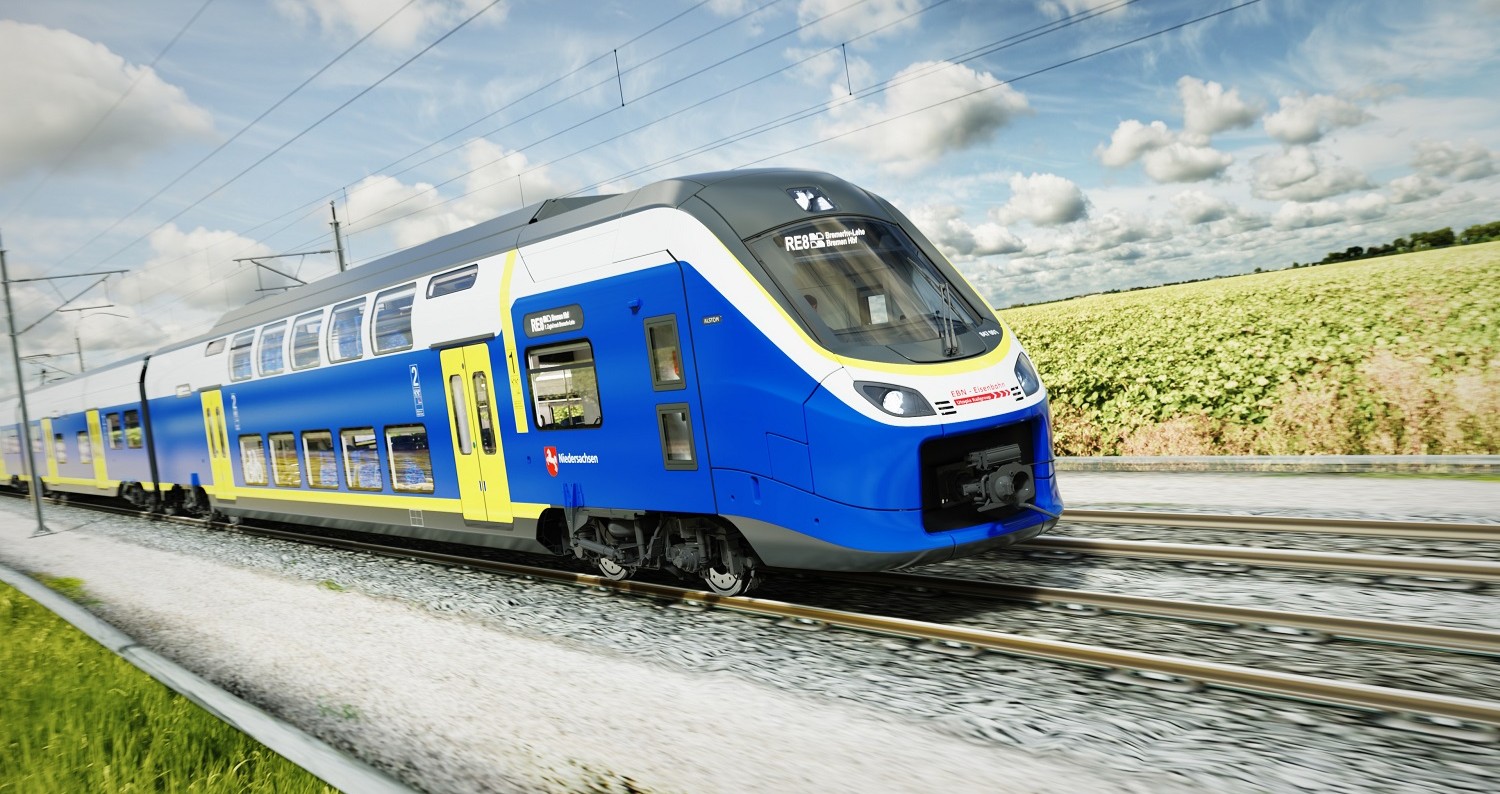29 Jul 2025
Spoiler: it’s not shaders
I’m waiting for a universal solution that the SDL developers are working on — cross-platform, multi-API shaders, the SDL_shadercross. The idea is that you write shaders in a single language, and at runtime, they get compiled for the target GPU. Unfortunately, it’s a large and complex project, and it will take time before it becomes stable.
In the meantime, in my Carimbo engine, I was wondering if I could implement something similar to shaders — something that would allow Lua code to write arbitrary pixels into a buffer and stream that buffer into a texture.
So I created what I call a canvas, which is basically a texture the same size as the screen, rendered after certain elements.
canvas::canvas(std::shared_ptr<renderer> renderer)
: _renderer(std::move(renderer)) {
int32_t lw, lh;
SDL_RendererLogicalPresentation mode;
SDL_GetRenderLogicalPresentation(*_renderer, &lw, &lh, &mode);
float_t sx, sy;
SDL_GetRenderScale(*_renderer, &sx, &sy);
const auto width = static_cast<int32_t>(std::lround(static_cast<float>(lw) / sx));
const auto height = static_cast<int32_t>(std::lround(static_cast<float>(lh) / sy));
SDL_Texture *texture = SDL_CreateTexture(*_renderer, SDL_PIXELFORMAT_ARGB8888, SDL_TEXTUREACCESS_STREAMING, width, height);
if (!texture) [[unlikely]] {
throw std::runtime_error(std::format("[SDL_CreateTexture] {}", SDL_GetError()));
}
SDL_SetTextureBlendMode(texture, SDL_BLENDMODE_BLEND);
_framebuffer.reset(texture);
}
void canvas::set_pixels(const uint32_t* pixels) noexcept {
const auto ptr = _framebuffer.get();
const auto pitch = static_cast<int>(static_cast<size_t>(ptr->w) * sizeof(uint32_t));
SDL_UpdateTexture(ptr, nullptr, pixels, pitch);
}
The set_pixel function receives a pointer to a uint32_t buffer that exactly matches the texture size. This pointer is actually a Lua string, which I found to be the most performant way to transfer data between Lua and C++ without relying on preallocated buffers.
This way:
lua.new_usertype<graphics::canvas>(
"Canvas",
sol::no_constructor,
"pixels", sol::property(
[](const graphics::canvas&) {
return nullptr;
},
[](graphics::canvas& canvas, const char* data) {
canvas.set_pixels(reinterpret_cast<const uint32_t*>(data));
}
)
);
On Lua side:
function Effect:new(width, height)
local w, h = width or 480, height or 270
local canvas = engine:canvas()
local self = setmetatable({
canvas = canvas,
w = w,
h = h,
}, Effect)
return self
end
function Light:loop()
self.canvas.pixels = rep(char(0, 0, 0, 220), self.w * self.h)
end
Some effects I’ve created so far:
https://youtu.be/GUWTWRQuzxw
https://youtu.be/usJ9QM7V8BI
.png)




